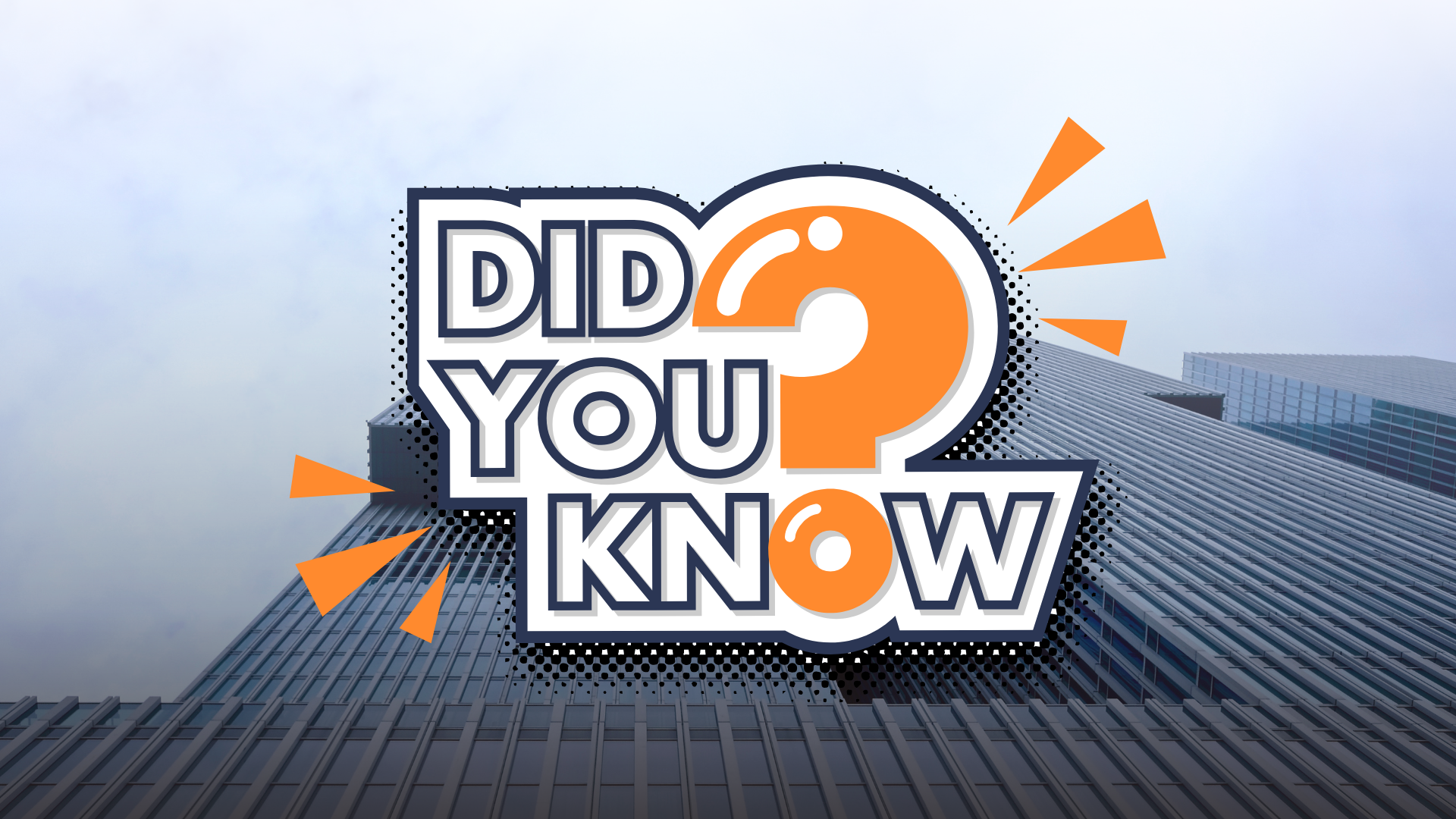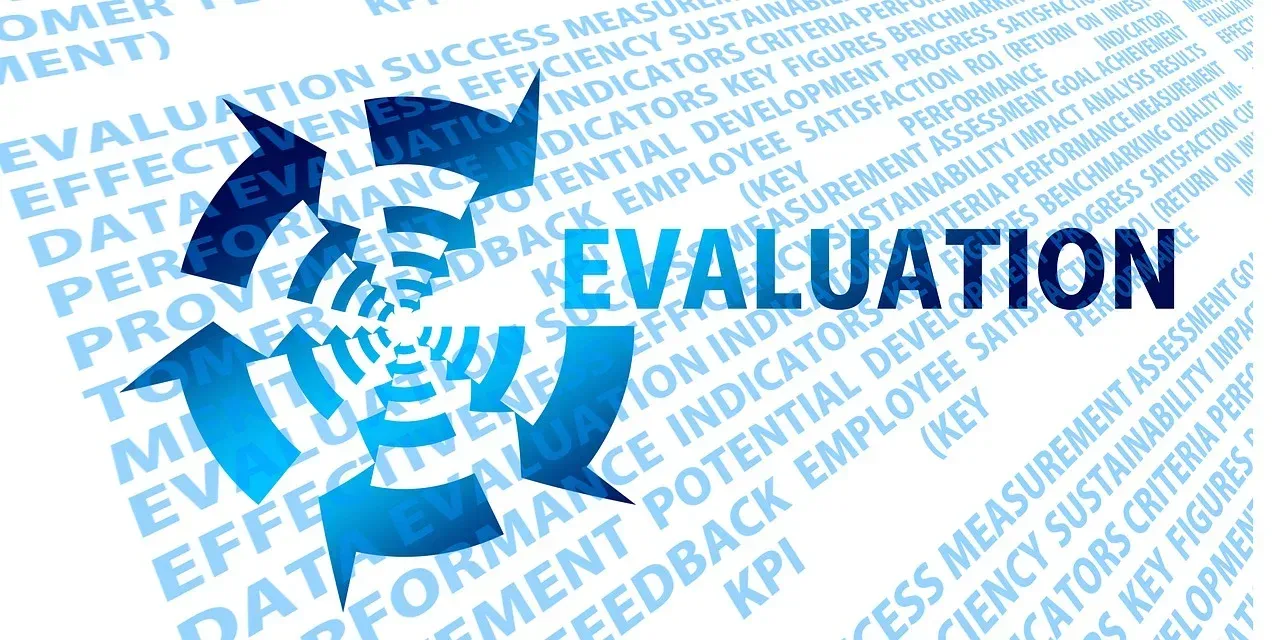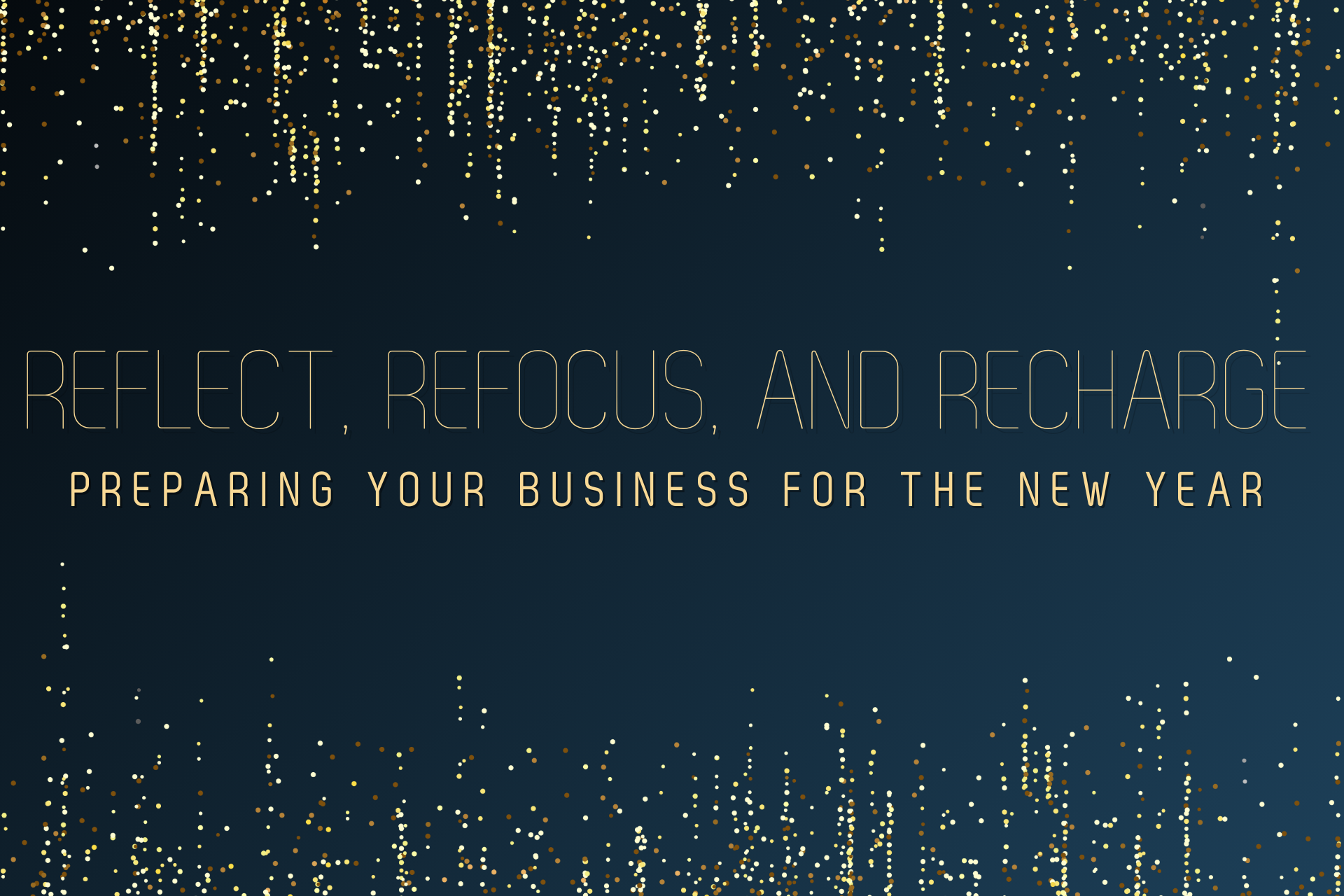Whistleblower vs. Grievance: Navigating Employee Concerns in the Workplace

In today's complex business landscape, fostering a culture of transparency and accountability is more critical than ever. When employees witness wrongdoing or face issues at work, they often have two avenues to address their concerns: filing a grievance or becoming a whistleblower. In this blog post, we'll explore the key differences between these terms, the importance of having a comprehensive policy framework, and why having a trusted HR partner, such as a Professional Employer Organization (PEO), is essential in managing these situations effectively.
Whistleblower vs. Grievance: Understanding the Distinction
1. Grievance:
A grievance is a formal complaint raised by an employee concerning a workplace issue, typically involving personal concerns, workplace conditions, or conflicts with colleagues or supervisors. Grievances may include matters like discrimination, harassment, unsafe working conditions, or disputes over compensation. Grievances are generally handled within the organization through established HR channels, and the goal is to resolve the issue to the employee's satisfaction while maintaining a positive working environment.
2. Whistleblower:
A whistleblower, on the other hand, is an employee who exposes illegal, unethical, or fraudulent activities within the organization. Whistleblowers typically reveal misconduct that threatens the company's reputation or violates laws and regulations. Their actions are driven by a sense of duty to protect the public or the organization itself. Whistleblowers often report issues externally to regulatory bodies, law enforcement, or the media, and they are protected by various whistleblower protection laws to shield them from retaliation.
The Importance of a Comprehensive Policy Framework:
To effectively manage both grievances and whistleblowing, businesses should establish a comprehensive policy framework. This framework should include:
- Grievance Procedures: Clear and well-communicated procedures for employees to raise grievances, including avenues for resolution and escalation.
- Whistleblower Policies: Robust policies that not only encourage employees to report concerns internally but also provide clear guidelines for reporting externally, should the situation warrant it.
- Protection Mechanisms: Provisions to protect whistleblowers from retaliation and ensure the confidentiality of their reports.
- Training and Awareness: Regular training to educate employees about the importance of reporting and the channels available for doing so.
The Role of HR in Handling Employee Concerns:
Human Resources (HR) departments play a pivotal role in managing employee concerns. They are often the first point of contact for employees with grievances or those considering whistleblowing. HR can:
- Facilitate Mediation: HR professionals can mediate disputes and try to resolve grievances before they escalate.
- Encourage Internal Reporting: HR can encourage employees to report concerns internally, providing a safe and confidential space to do so.
- Protect Whistleblowers: When an employee chooses to blow the whistle, HR can ensure that the organization follows the appropriate legal protections and safeguards the whistleblower's rights.
The Value of a Trusted HR Partner like a PEO:
Many businesses turn to Professional Employer Organizations (PEOs) to enhance their HR capabilities. PEOs offer expertise in HR compliance, policies, and employee relations. They can provide impartial and professional guidance in managing grievances and whistleblowing cases, ensuring that the organization follows best practices, complies with laws, and protects both employees and the company.
Conclusion:
Differentiating between grievances and whistleblowing is vital for creating a workplace culture that fosters accountability and transparency. A well-defined policy framework, coupled with the expertise of HR or a trusted PEO partner, can help organizations effectively manage these situations, protect employees, and maintain a positive work environment. By prioritizing these aspects, businesses can build a stronger foundation for success and ethical conduct.
You might also like



